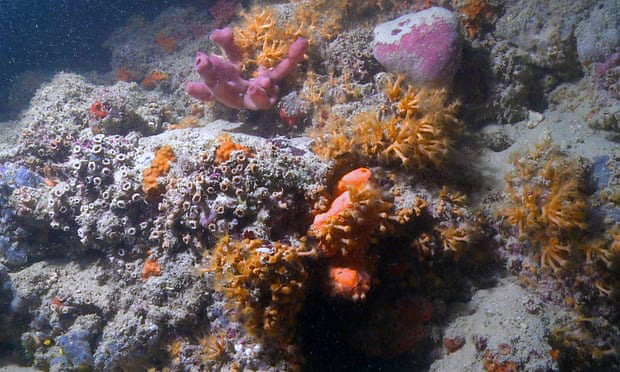Italy is renowned for so many things across a broad expanse of topics that a list could easily fill many pages of this issue. Now there is something new to add to the list – a pristine coral reef. A new protected marine area is in the process of being defined after Italy’s new coral reef has been discovered in the Adriatic Sea, near the popular seaside town of Monopoli.
No longer does one need to travel to Australia or the Maldives to enjoy crystal clear waters and coral reefs, when incredible beaches of Puglia beckon. Italians have long known that the southern region provides all of the ingredients for an exotic vacation and this latest discovery only adds to many compelling reasons to visit the region.
The unusual reef is believed to be unique in Europe. The discovery is so new that the extent of the coral reef has not yet been determined. It is known to be at least two miles in length, but the latest studies estimate that it likely stretches for at least 80 miles. It could possibly run the entire length of the region’s eastern coastline, from Bari to Otranto, a distance of 125 miles, forming a reef similar to those found in a few places in the Southern Hemisphere.
Researchers from the Department of Biology of the University of Bari, led by the director Giuseppe Corriero, reported their unexpected discovery in the Scientific Reports journal, triggering great excitement among European biologists, conservationists and nature lovers.
At a depth of between 100 and 160 feet below sea level, the mesophotic coral reef (a term for ecosystems with low levels of light) creates unique conditions for marine life, as well as unusually vibrant colors.
“The famous Australian or Maldivian coral reefs rise almost to the surface of the water, making the most of the sunlight that is the real fuel of these ecosystems,” said Corriero. “Mesophotic reefs are very rare because they manage to survive and grow despite the lack of light. In the early 1990s, I worked as a marine biologist in the Maldives. But I never thought I’d find a coral reef 30 years later, a stone’s throw from my house.”
The conditions also create corals that are vibrantly colored in shades of orange, red or purple. In the past, coral reefs in the Mediterranean Sea were widespread, but over time became extinct. Most coral reefs are less than 10,000 years old and occupy less than 0.1% of the world’s ocean area, yet they provide a home for at least 25% of marine species, including fish, sponges and mollusks.




